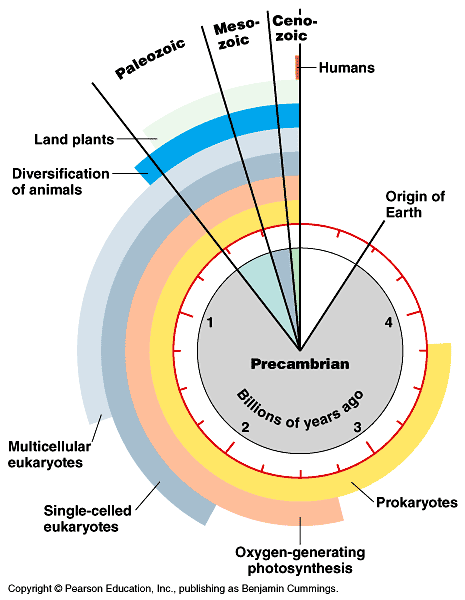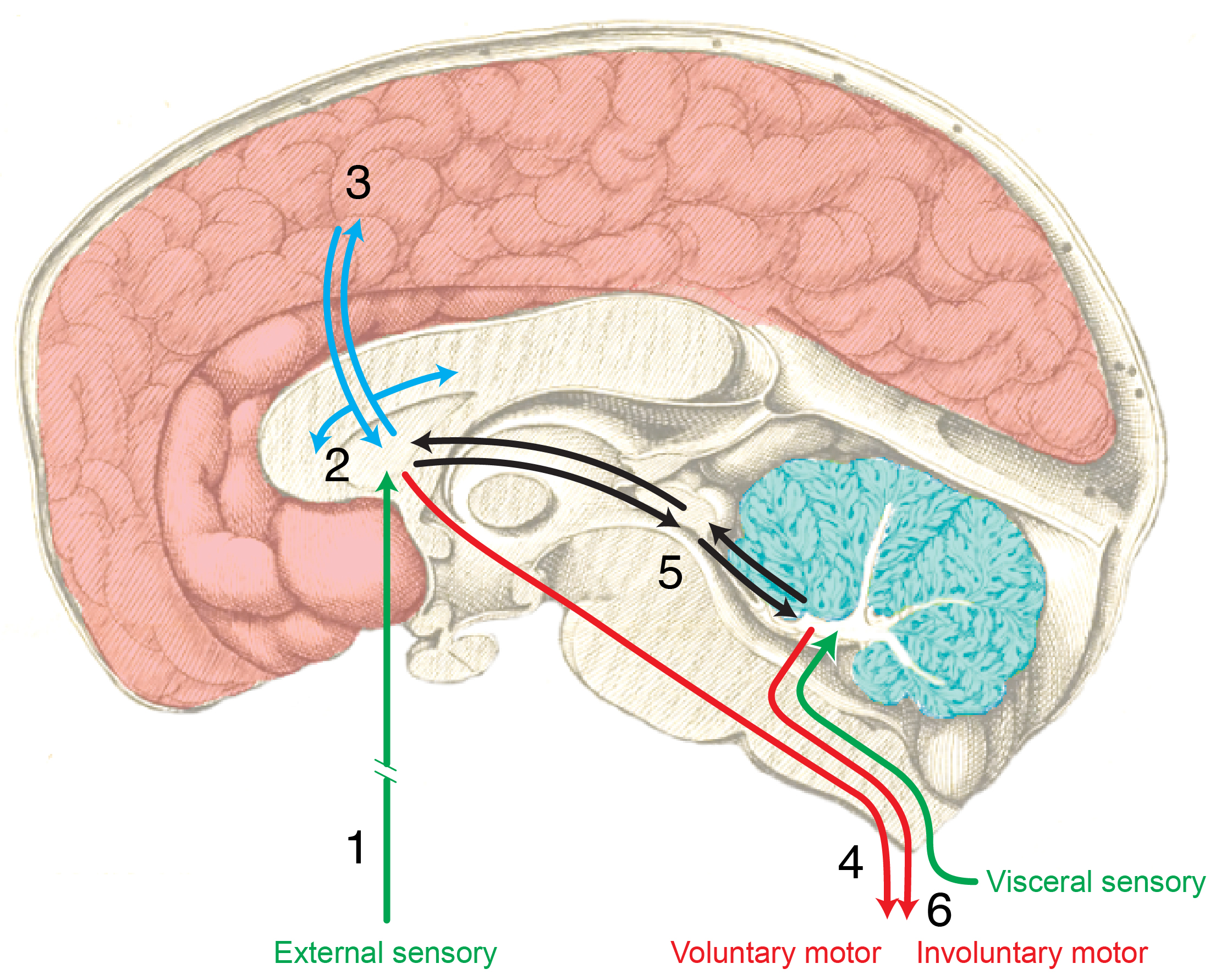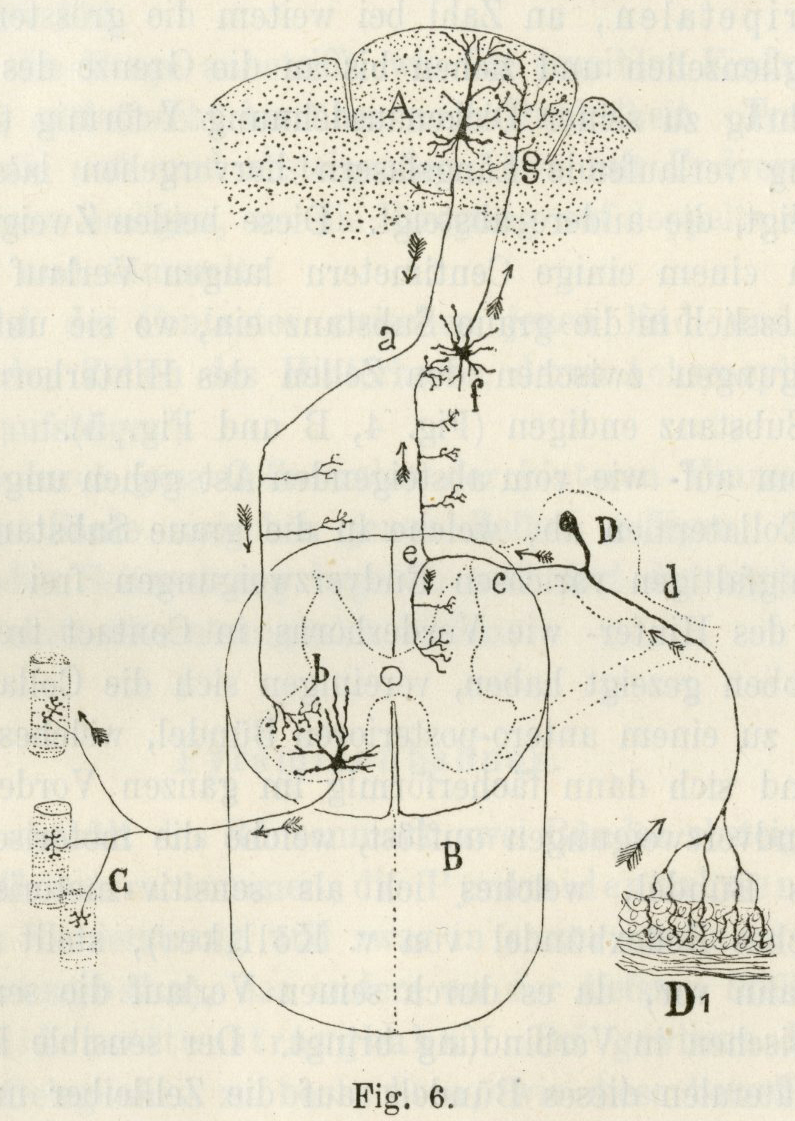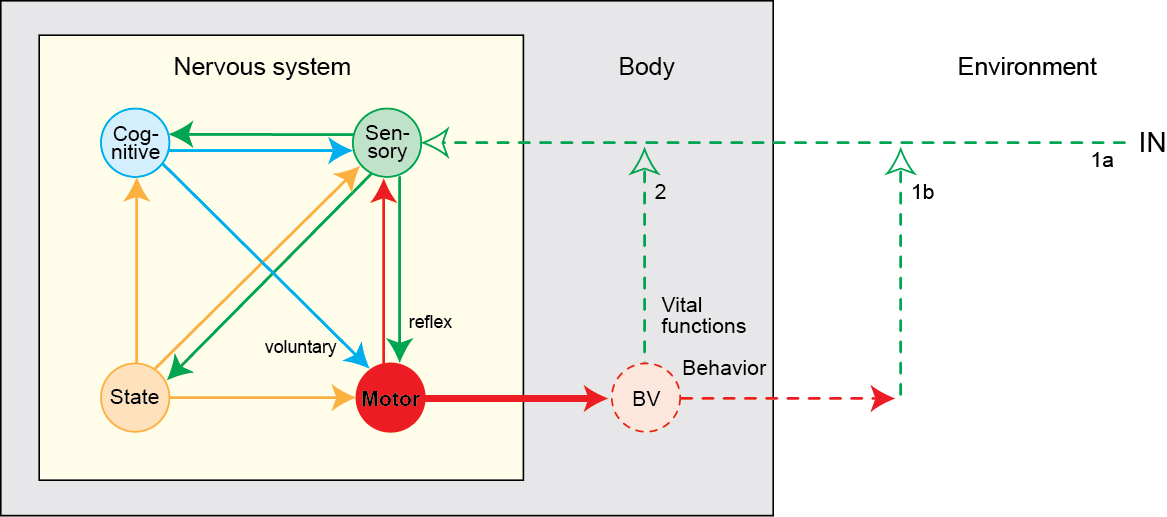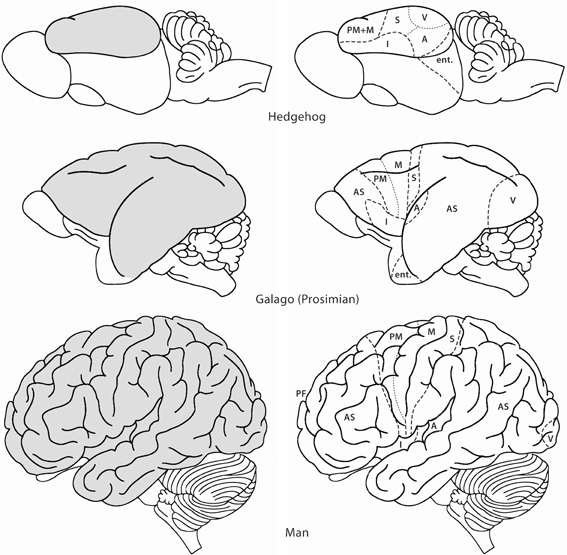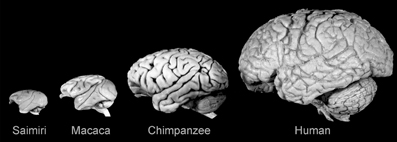2019-02-25 10:47:01
Prelude
Prelude
Today's Topics
- Exam 2 this Thursday (40 questions + 10 carry-over from Exam 1)
- Evolution and U.S. public attitudes
- The evolution of the human brain
Evolution and U.S. pubic attitudes
Public acceptance of evolution
Principles of evolution
- Life forms existing in the Earth's past differed from those living today
- New generations of life forms inherit properties from their predecessors
- New life forms evolved as a result of mutations, selection pressures, and geological events
- Greater survival/reproductive success for some, not others
Evidence for evolution
- Fossil
- Fossil dating (radiometric)
- Geological
- Where fossils are found relative to one another (relative dating)
- How long it takes to form layers
Types of evidence
- Molecular
- Similarities between vastly different species (e.g., in neurotransmitters, receptors, metabolic pathways, etc.)
- Genetic
- Rates of mutation
- Developmental patterns of gene expression
- Anatomical

By Волков Владислав Петрович -
Own work, CC BY-SA 4.0, Link
Nothing in Biology Makes Sense Except in the Light of Evolution
"Seen in the light of evolution, biology is, perhaps, intellectually the most satisfying and inspiring science. Without that light, it becomes a pile of sundry facts some of them interesting or curious, but making no meaningful picture as a whole."
Why Gilmore thinks it's controversial (in the U.S.)
- Contradicts verbatim/non-metaphorical reading of some religious texts
- Makes humans seem less special
- Time scales involved beyond human experience
- Scientific method vs. other ways of knowing
- Found in nature ≠ good for human society
Why Gilmore thinks it's controversial (in the U.S.)
- Few negative consequences of 'disbelief'
- U.S. culture individualistic, skeptical of experts & expertise
- Lower levels of religious belief among U.S. scientists
- Politics
Evolution of the human brain
The dawn of time

History of life on Earth
Time scales
Cambrian Explosion
What sparked the explosion? (Fox 2016)
- Behavior requires movement through space
- Behavior requires coordinating perception with action
- Behavior requires perception at a distance
- Behavior requires energy
What behaviors are essential for animals to perform?
- Ingestion
- Defense
- Reproduction
What behaviors are essential for animals to perform
- Perception at a distance
- Locomotion
- Object manipulation/consumption
- Signaling/communication
How is the nervous system organized to contribute to these behaviors?
Cajal
Swanson/Cajal Four Systems
How nervous systems differ
- Body symmetry
- radial
- bilateral
- Segmentation
- Centralized vs. distributed function
- Cephalization: sense organs & nervous system concentrated in anterior
- Encasement in bone (vertebrates)
(Arendt, Tosches, and Marlow 2016)
(Arendt, Tosches, and Marlow 2016)
Cellular/molecular mechanisms
- Similarities in patterns of early nervous system development across vastly different species
Comparing brain structures
Comparing brain structures
- Vertebrates have similar brain plans
- Species differ in relative size of parts
Brain sizes differ by vertebrate groups
Comparing brain sizes
Brain sizes across vertebrate groups
- Brain size scales with body size (more or less)
- Mammals and birds have big brains
- Some animals have big brains for their bodies (=high encephalization)
- Humans
- Crows
- Porpoises
Cortical size within groups
Evolutionary trends in cortical size
| Structural measure | Non-human comparison | Human |
|---|---|---|
| Cortical gray matter %/tot brain vol | insectivores 25% | 50% |
| Cortical gray + white | mice 40% | 80% |
| Cerebellar mass | primates, mammals 10-15% | 10-15% |
Evolutionary trends in cortical size
Evolutionary trends in primate brain size
Evolutionary trends
- In primates, including humans
- Smaller olfactory bulbs
- Cerebellum comparable to other mammals
- Larger cerebral cortex
Selection pressures
- Natural and sexual selection for
- Traits that improve reproductive success
- Physical AND psychological traits
- Hardware and software
Samsung Galaxy S8

Apple iPhone X

Virtues of big phones/brains
- More storage
- More processing capacity
- Better sensors
- Better output
- More, better apps
- Do more, faster
Costs of big brains
- Long time to build
- Lots of energy to nourish/maintain
- Long time to program/train/educate
- Head/neck must be strong enough to carry
- How to connect brain/body parts widely, but process info quickly
Does size matter? Maybe not so much.

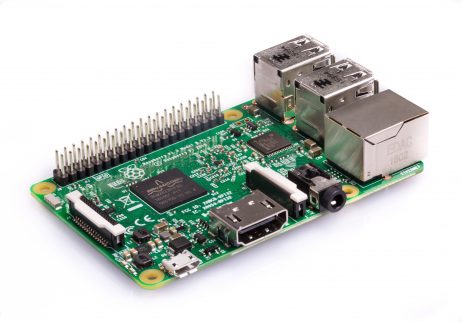
A new view (Herculano-Houzel 2016)
- Number of neurons in cerebral cortex makes humans "special"
| Species | # cortical neurons | cortical mass (g) |
|---|---|---|
| Human | 16 B | 1233 |
| Chimpanzee | 6 B | 286 |
| Elephant | 5.6 B | 2800 |
| Baboon | 2.9 B | 120.2 |
A new view (Herculano-Houzel 2016)
| Species | # cortical neurons | cortical mass (g) |
|---|---|---|
| Giraffe | 1.7 B | 398.8 |
| Rhesus | 1.7 B | 69.8 |
| Pig | 303 M | 42.2 |
| Rabbit | 71 M | 4.4 |
But humans follow typical scaling rules
# of cortical (or its equivalent) neurons predicts "cognition"?
How did it get this way?
- Build upon mammalian/primate norms
- More efficient energy intake
- calories/hr foraging vs.
- cooking?
- Prolonged (in time) pattern of development
- Specialized pattern of development
- Significant time post-natal/pre-reproductive (childhood)
Take homes
- Life forms on Earth have evolved over billions of years
- Nervous systems emerged ~500-600 million years ago
- Centralized nervous systems have similarities in organization
- Human brains similar to closely related species
References
Arendt, Detlev, Maria Antonietta Tosches, and Heather Marlow. 2016. “From Nerve Net to Nerve Ring, Nerve Cord and Brain — Evolution of the Nervous System.” Nature Reviews Neuroscience 17 (1): 61–72. doi:10.1038/nrn.2015.15.
Dobzhansky, Theodosius. 1973. “Nothing in Biology Makes Sense Except in the Light of Evolution.” The American Biology Teacher 35 (3). University of California Press on behalf of the National Association of Biology Teachers: pp. 125–29. http://www.jstor.org/stable/4444260.
Fox, Douglas. 2016. “What Sparked the Cambrian Explosion?” Nature 530 (7590): 268–70. doi:10.1038/530268a.
Herculano-Houzel, Suzana. 2012. “The Remarkable, yet Not Extraordinary, Human Brain as a Scaled-up Primate Brain and Its Associated Cost.” Proc. Natl. Acad. Sci. U. S. A. 109 Suppl 1 (June). National Acad Sciences: 10661–8. doi:10.1073/pnas.1201895109.
———. 2016. The Human Advantage: A New Understanding of How Our Brain Became Remarkable. MIT Press. https://market.android.com/details?id=book-DMqpCwAAQBAJ.
———. 2017. “Numbers of Neurons as Biological Correlates of Cognitive Capability.” Current Opinion in Behavioral Sciences 16 (Supplement C): 1–7. doi:10.1016/j.cobeha.2017.02.004.
Hofman, Michel A. 2014. “Evolution of the Human Brain: When Bigger Is Better.” Frontiers in Neuroanatomy 8 (March). doi:10.3389/fnana.2014.00015.
Miller, Jon D, Eugenie C Scott, and Shinji Okamoto. 2006. “Public Acceptance of Evolution.” SCIENCE-NEW YORK THEN WASHINGTON- 313 (5788). American Association for the Advancement of Science: 765. doi:10.1126/science.1126746.
Northcutt, R. Glenn. 2002. “Understanding Vertebrate Brain Evolution.” Integrative and Comparative Biology 42 (4): 743–56. doi:10.1093/icb/42.4.743.
Rakic, Pasko. 2009. “Evolution of the Neocortex: A Perspective from Developmental Biology.” Nature Reviews Neuroscience 10 (10). Nature Publishing Group: 724–35. doi:10.1038/nrn2719.

